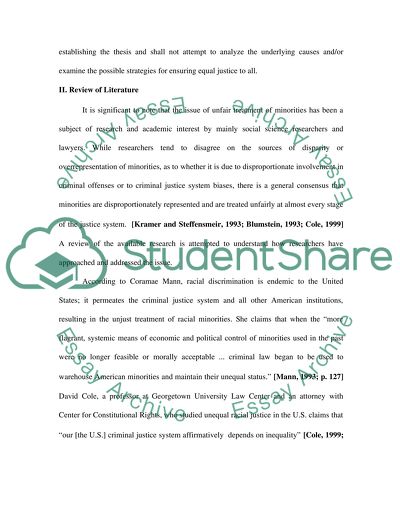Cite this document
(“Unfair Treatment of Minorities in the Criminal Justice System Essay”, n.d.)
Retrieved from https://studentshare.org/law/1514395-unfair-treatment-of-minorities-in-the-criminal-justice-system
Retrieved from https://studentshare.org/law/1514395-unfair-treatment-of-minorities-in-the-criminal-justice-system
(Unfair Treatment of Minorities in the Criminal Justice System Essay)
https://studentshare.org/law/1514395-unfair-treatment-of-minorities-in-the-criminal-justice-system.
https://studentshare.org/law/1514395-unfair-treatment-of-minorities-in-the-criminal-justice-system.
“Unfair Treatment of Minorities in the Criminal Justice System Essay”, n.d. https://studentshare.org/law/1514395-unfair-treatment-of-minorities-in-the-criminal-justice-system.


